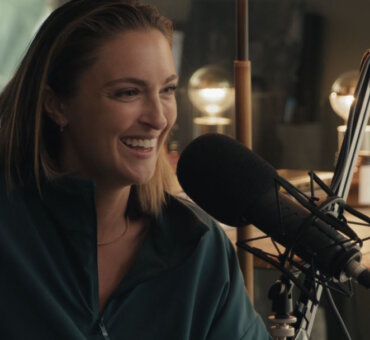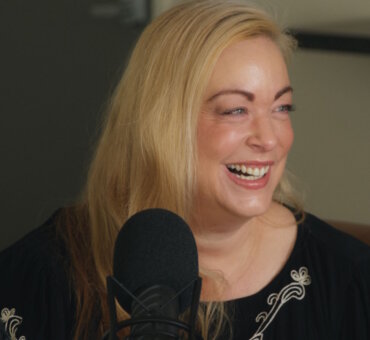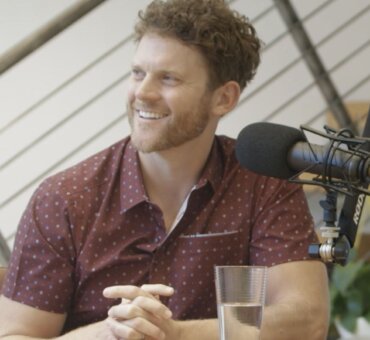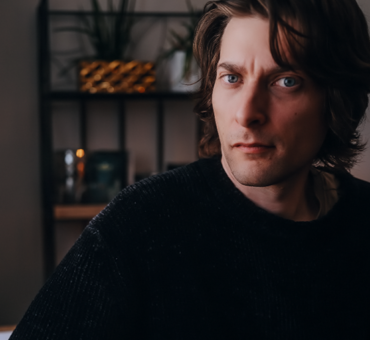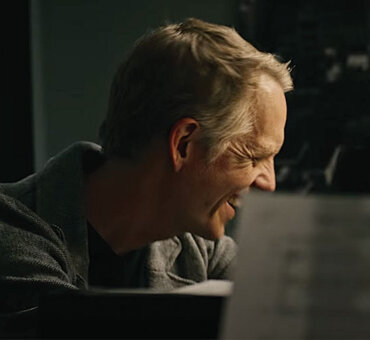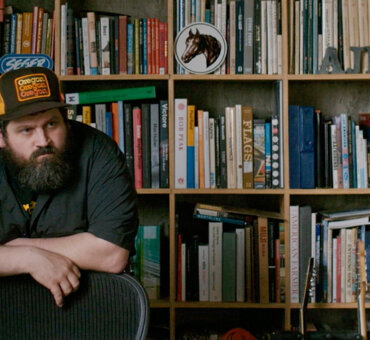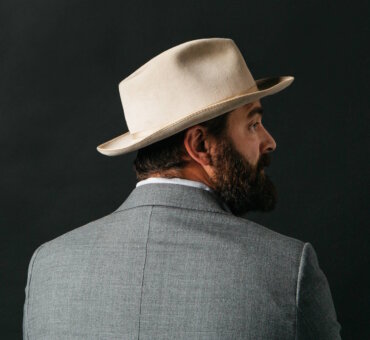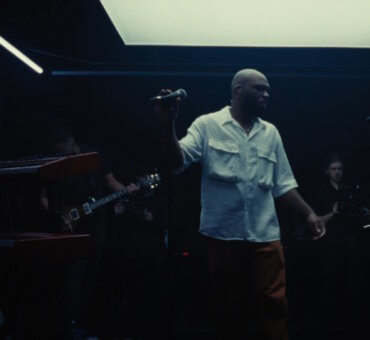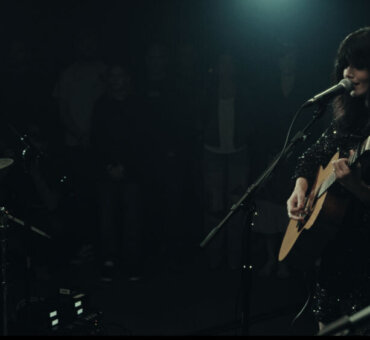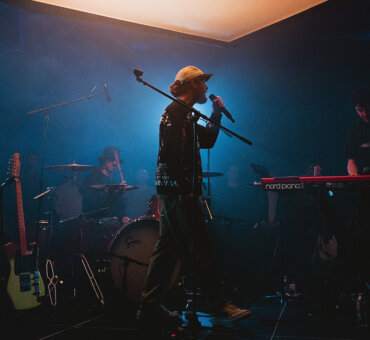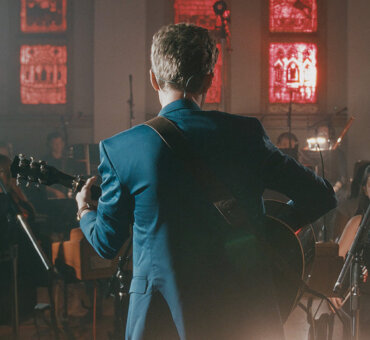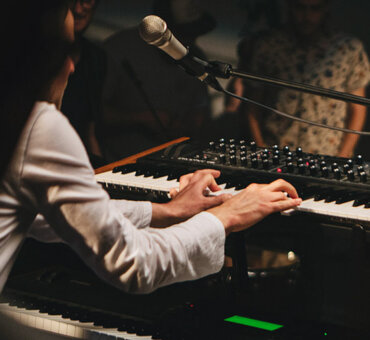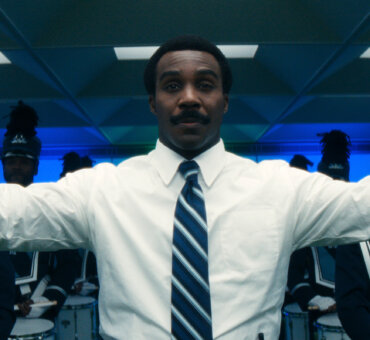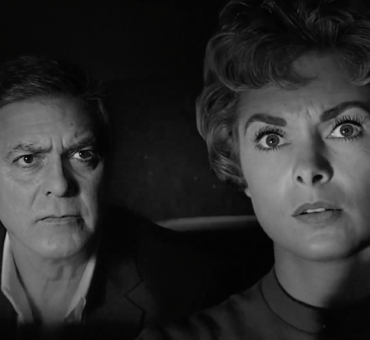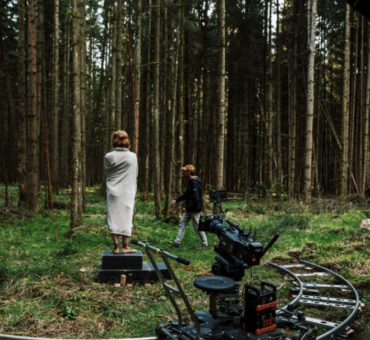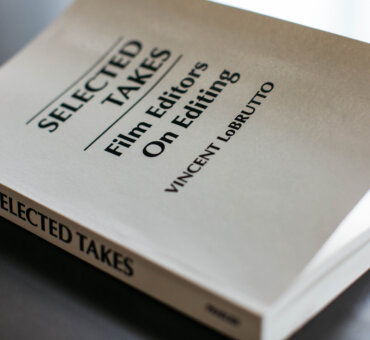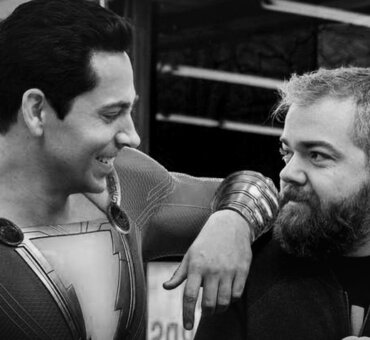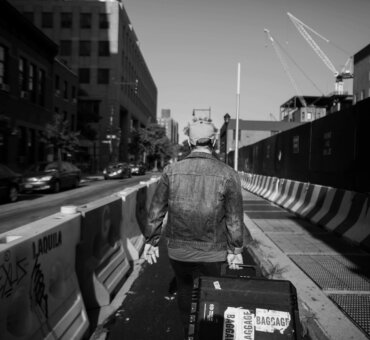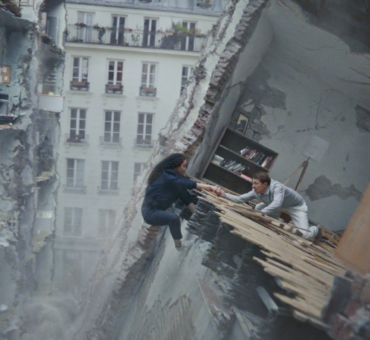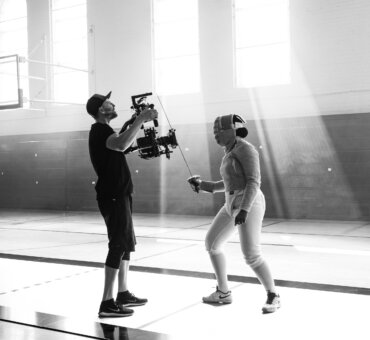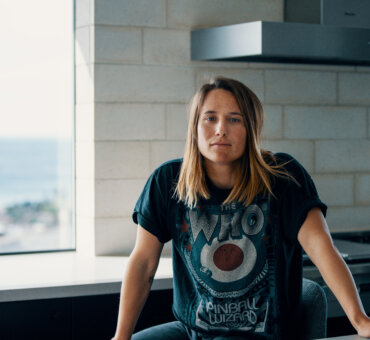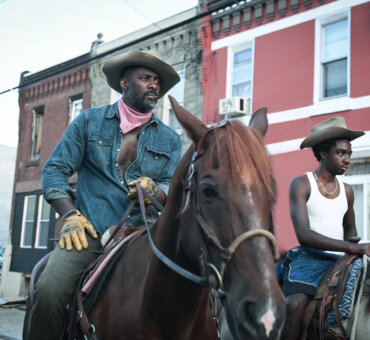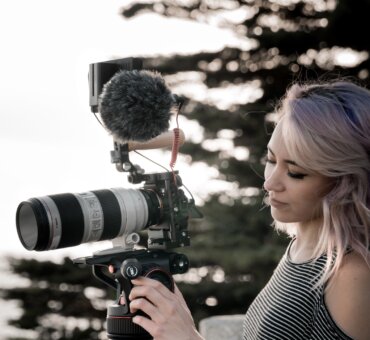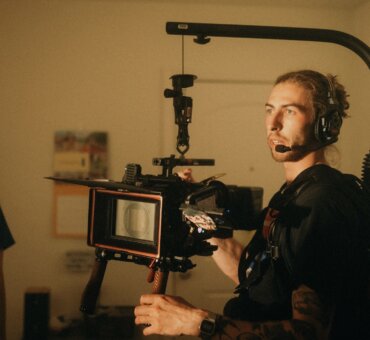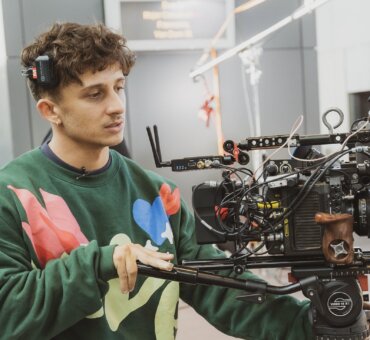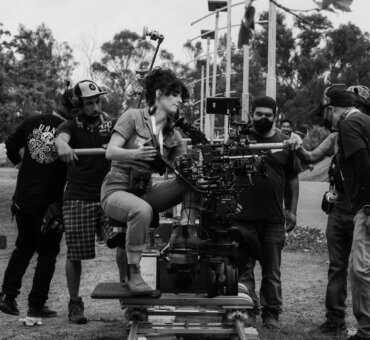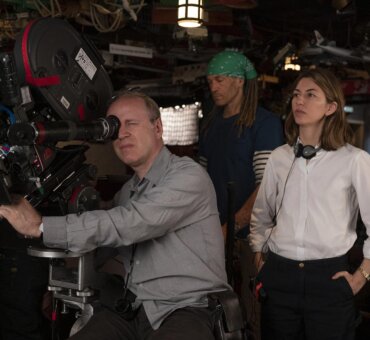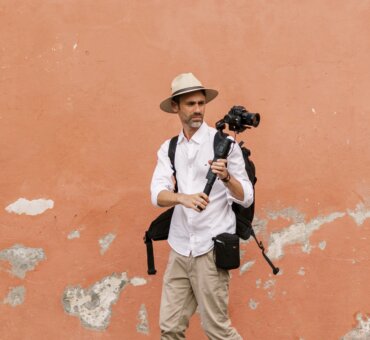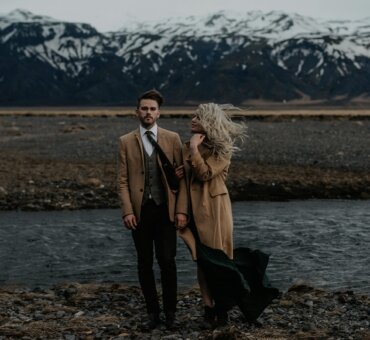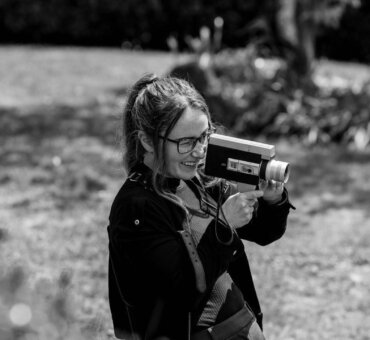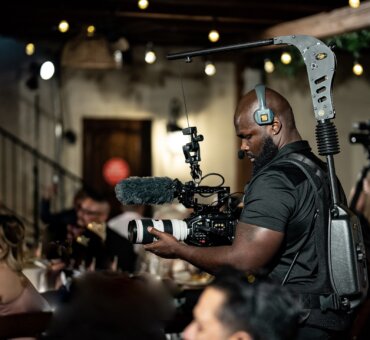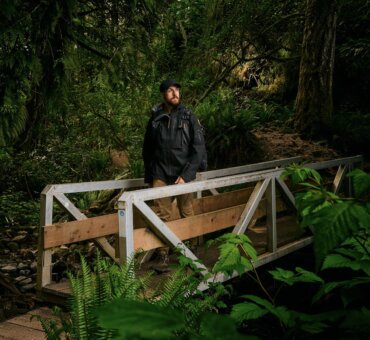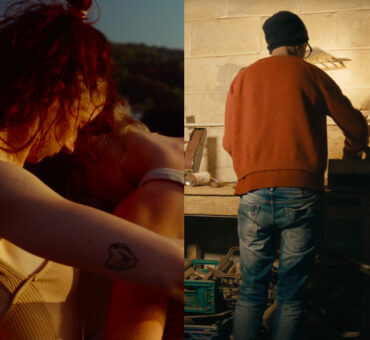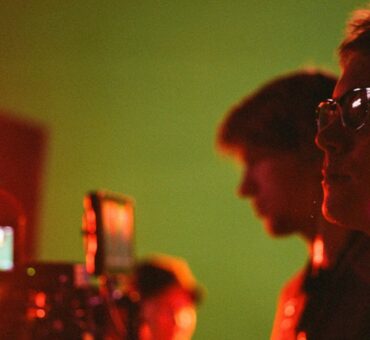In filmmaking, we spend so much time perfecting the frame (chasing light, dialing in camera movement, obsessing over color) that it’s easy to overlook the invisible. But sound effects in film tell a story on their own. From creaking floorboards to the roar of an engine, or the tense, heart-racing click of a gun just before a line is delivered, they are emotional cues and the glue of the narrative. They pull your audience into the world you’ve created and make them feel it.
And yet, SFX is often one of the most underestimated tools in indie and mid-budget productions. Maybe it’s an afterthought. Maybe it’s a time crunch. Maybe you’ve relied too long on the same royalty-free zip file you downloaded years ago.
But the truth is, professional sound design doesn’t have to mean foley pits and blockbuster budgets. With curated, cinematic sound effect collections like Musicbed’s, you can achieve that polished, immersive feel, faster than ever. So let’s talk about how to do it right.
What is sound effects in film?
Think of a film’s audio a bit like a painting. Dialogue is the subject with its bold, intentional strokes. Music is the color palette, setting the mood, tone, and pace. And sound effects? They’re the brushstrokes that add depth, texture, and realism. They fill in the world, making it breathe.
At its simplest, a sound effect (SFX) is any recorded sound added in post to enhance or support the visuals. That could be a slamming door, a whoosh of movement, rising tension with drones (not the flying type), or the shatter of glass just as the action hits. These effects are usually designed to bring emotion, realism, or rhythm to your final cut.
SFX lives in a larger ecosystem:
- Foley refers to sound effects that are performed and recorded in sync with the picture. Things like footsteps, fabric rustling, the clink of keys on a table. Foley is all about realism and physicality.
- Diegetic sound is any audio that exists inside the world of the film. Basically, what can the characters hear? That includes foley, but also things like ringing phones, background chatter, or rain on a roof.
- Ambient sound creates space. It can include the subtle hum of a city, birds in the distance, the quiet reverb of a cathedral. These sounds don’t call attention to themselves, but without them, the world feels flat.
The beauty of sound effects is in how seamlessly they blend into the mix. When used appropriately, with thought and purpose, you won’t immediately notice them. But as an audience, you feel them as part of the overall narrative story you’re watching unfold.
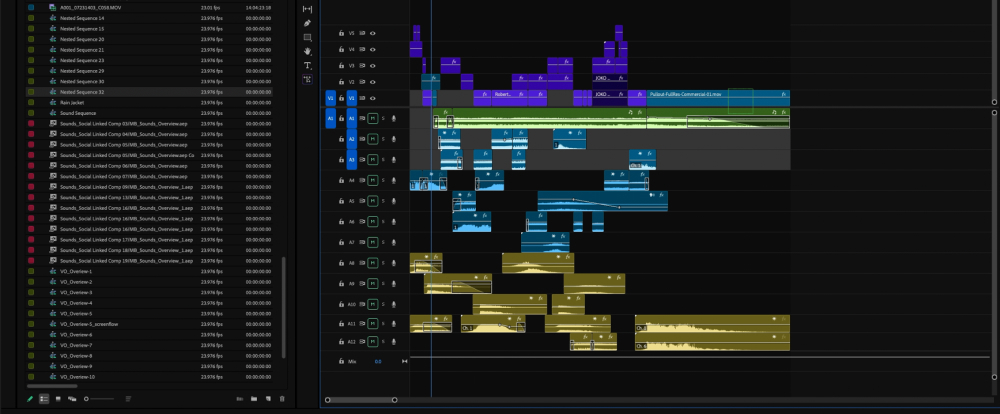
Types of sound effects examples
Sound effects come in many types. Some you feel in your chest, others you barely notice. Together, they shape the emotional rhythm of a scene. Let’s break them down into the four main categories most filmmakers use, with a few unforgettable examples along the way.
Hard effects
These are the sharp, physical sounds tied to specific on-screen actions: a gunshot, a car door slamming, or a sword unsheathing. They hit fast and hard, with impact and danger.
An example of hard sound effects would be the snap of Indiana Jones’ whip, the crack of Jason Bourne’s punches, or the deafening blam of the shotgun in No Country for Old Men (2007). These are very visceral moments, where the audience almost feels them.
Background and ambience
Opposite to those hard effects, these sounds don’t call attention to themselves. But if you take them out, the scene falls flat. Background effects create space, tone, and immersion. They build the world around your characters.
Examples of ambient sound effects include the soft patter of rain in Blade Runner (1982), the layered hum of New York traffic in Birdman (2014), or the eerie silence of the desert in There Will Be Blood (2007). Ambient SFX is the emotional wallpaper of your scene as it sets the mood without saying a word.
Foley
Foley sounds are recorded live in sync with the film: footsteps, fabric movement, clinks, clatters, creaks. They bring texture and realism to human motion and interaction.
Great Foley can be found in the carefully timed footsteps on gravel in The Revenant (2015), or the clinking of keys on a counter in Breaking Bad (2008-2013).
Great Foley disappears. It never draws attention to itself, but it roots the viewer in reality.
Design effects
This is where things get creative. Designed effects are often non-literal. They’re synthetic, abstract, or exaggerated sounds used to represent something fantastical or emotional.
We’ll cover this in more detail below, but the hum of a lightsaber in Star Wars, the roar of a T. rex in Jurassic Park (1993) (actually a mashup of multiple animals), or the dreamlike boom that punctuates cuts in Inception (2010) are all great examples of design effects. These sounds not only match the visuals, but they also define the whole scene.
Together, these layers of sound become a kind of emotional architecture. They shape how we perceive time, tension, and space, often without us even realizing it.
Famous movie sound effects
Some sounds do more than support a scene. They can actually become part of pop culture. They’re quoted, referenced and reused endlessly. They become iconic because of how they were used — perfectly timed, emotionally charged, and deeply embedded in the visual language of the film.
Let’s break down a few that defined entire genres.
The “Wilhelm scream”
Even if you don’t realize it, you’ve heard it! A high-pitched, over-the-top scream first recorded in 1951 for Distant Drums, and later resurrected by sound designer Ben Burtt in Star Wars. Since then, it’s been used in Indiana Jones, Toy Story, Kill Bill, The Lord of the Rings, and dozens more.
At first, it was a clever inside joke — a kind of sound designer’s Easter egg. But over time, it became a badge of nerdy affection, passed from one generation of filmmakers to the next. It’s iconic because it breaks the fourth wall for those who recognize it.
The lightsaber hum
Arguably the most famous designed sound in film history, the lightsaber’s hum was created by combining the buzz of an old film projector with the feedback from a TV tube. Ben Burtt recorded it, then “waved” a mic in front of a speaker to mimic motion and give it life.
Besides the sound itself, it’s the feeling in that moment. The moment Luke ignites his saber for the first time, that hum isn’t just something cool, it’s a symbolic audio cue. There’s weight to this lightsaber that conjures up power, legacy and destiny. The sound tells you what’s at stake before the dialogue does.
The T-Rex roar
In Jurassic Park (1993), the T-Rex roar didn’t actually come from a dinosaur (surprisingly). It came from layering elephant bellows, tiger growls, and even a slowed-down baby elephant squeal. It was crafted for impact, scale, and emotion, not realism.
Spielberg expertly built up the tension before unleashing the iconic, terrifying moment that’s seared into the audience’s collective memories. The visual buildup, the shaking water glass, the tension in the air. And then BOOM. The roar is the raw power of nature being unleashed — this is a majestic creature you should rightly fear and be in awe of.
These effects are iconic because they do more than describe an action — they define a moment. They tell a story in the way only sound can.
The good news? You don’t need a soundstage or a zoo to create sonic moments that stick. With tools like Musicbed’s cinematic SFX library, you’re already holding a palette of emotional storytelling in your hands, ready to mix, layer, and make your own.
How to incorporate sound effects into your own films
Here’s the truth: you don’t need a fully staffed post house or a foley pit in your garage to make your film sound like a film. With the right tools, some creative layering, and an ear for timing, you can transform a rough cut into something immersive, emotional, and undeniably cinematic right from your laptop. Here’s how to get started:
Start with the tools you already have
Most non-linear editors (NLEs) like Premiere Pro, Final Cut, or DaVinci Resolve give you everything you need to get started with sound design. Keyframe volume, add fades, and build simple audio layers for starters.
Think in layers, not single sounds
The most effective sound effects are rarely one sound dropped on the timeline. They’re built through layering. A single punch might combine a meat slap, a bassy thump, and a whoosh of air. A magical moment might mix shimmer, wind, and a rising tonal swell. Basically, layering adds realism. The more nuanced your stack, the more immersive the moment feels.
Timing is emotional
It’s not just about what effects you use, but when and where you place them. A well-timed SFX hit can sell a transition, heighten tension, or make a joke land. Pull sounds slightly ahead of a cut for tension, or delay them a few frames for comic effect. Remember to use silence, too! Letting a moment breathe before dropping in your hit gives the sound space to hit harder.
DIY is powerful, but challenging
Yes, you can definitely record your own SFX. Grabbing footsteps on gravel, capturing cloth rustle, or smashing a watermelon for gore is all fun and creative. But it’s also time-consuming, inconsistent, and often tricky to get clean.

When to use curated sound libraries like Musicbed
There comes a point in every filmmaker’s journey where time, budget, and quality collide. Maybe you’ve tried capturing your own sound effects, and ended up with more wind noise than usable audio. Maybe you’ve spent hours scrolling through free libraries only to settle for “good enough.” Or maybe you’re just ready for your sound to feel as cinematic as your vision.
That’s where curated libraries come in.
Time vs. cost
Recording your own SFX can be creatively satisfying. But it’s also time-consuming, unpredictable, and often limited by gear or environment. And while there are thousands of free sounds out there, sifting through them, cleaning them up, and making them match your aesthetic takes time.
A cinematic SFX collection like the one you will find on Musicbed gives you access to ready-to-drop, professionally produced sounds, saving you time and adding real quality.
Built-in quality control
When you work with a curated pack, every sound has been crafted with intention. The textures are rich and the layers are clean. The tonal balance is designed to sit beautifully in a mix, so you’re not fighting with harsh frequencies or weird background noise, you’re building with high-quality ingredients.
A trusted resource for filmmakers
At Musicbed, we have built our collection of cinematic SFX around elevating your creative vision through music, through sound, through story. This curated collection is a toolset for storytellers who care about the details and want every sound to hit with purpose.
So, whether you’re layering tension into a moody doc, crafting dreamlike textures for a short, or just adding punch to a wedding film, you can trust that what you’re pulling from is going to feel right.
Conclusion
The truth is, you don’t need a blockbuster budget to create a blockbuster feel. With the right attention to detail and the right sounds, even the scrappiest indie can sound like it belongs in the Dolby Theatre.
Sound effects should never be simply technical afterthoughts at the end of a long post-production process. The same way you obsess over lenses, lighting, and color; your sound absolutely deserves that same level of attention.
So take the time to listen, and layer with intention. When you’re ready to level up, curated collections like Musicbed’s are here to help. They give you the polish, power, and presence your story deserves. Because when your sound hits right, your whole film hits harder.

